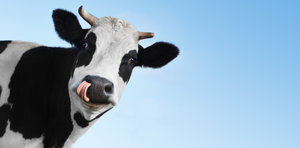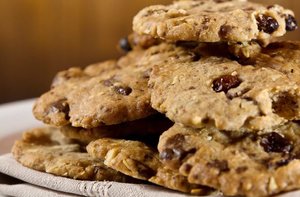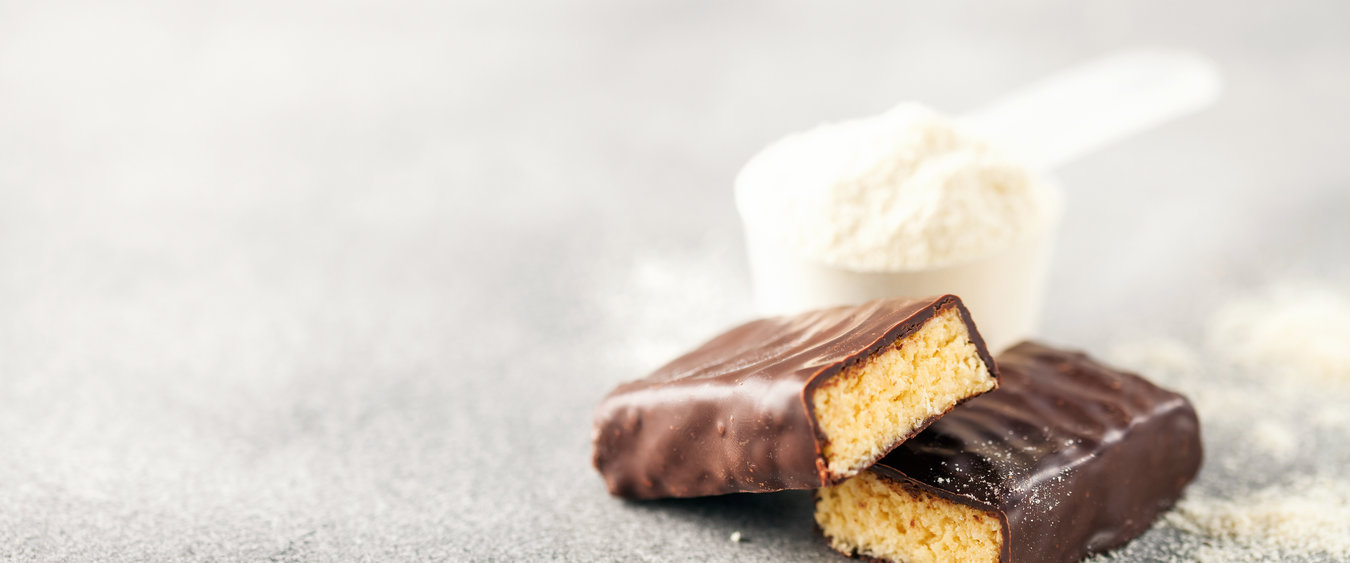Proteins are one of the three ‘basic components’ (also known as ‘macronutrients’) in our diets and in our bodies. We really are what we eat! Most of us are much more familiar with the other two components: fats and carbohydrates. For example, everyone can probably list a few good fats or oils, and most people know carbohydrates can be found in pasta, potatoes and the like, and that they are important sources of energy (what many people do not know is that fibers are also a part of the carbohydrate group, but let’s not get into that right now). Clearly, it is high time for the emancipation of proteins and for us to jack up our knowledge of some basic facts.

The body’s building blocks
If you check the table of nutritional values on food packaging, you will see that protein contents are clearly stated. Proteins are considered to be one of the building blocks of life and of the human body. In fact, 15-20% of our bodies is protein. With water making up no less than 60%, that’s quite a large share. Proteins are very versatile structures. They contribute to the growth, maintenance and repair of our bones, muscles, skin, blood vessels and more. They are necessary for the proper functioning of hormones, our immune system (antibodies), brains and nerves (neuro-transmitters).
They can also be an energy source: 1 gram of protein can provide about 4 kilo calories of energy – the same as a similar quantity of carbohydrates. This energy production occurs most when the body has too few sugars available, or when we consume a lot of proteins, for example, if we are following a certain diet.
Essential amino acids
The building blocks in proteins are amino acids. As is the case with fats, there are essential and non-essential amino acids. In nutrition, ‘essential’ means that the body can’t produce them itself and that we have to incorporate them through our diet. Of the 21 amino acids, 9 are essential. Animal, protein-rich foods, such as meat, fish, eggs, milk, cheese and more contain all the necessary amino acids in one fell swoop, and are therefore sometimes also referred to as complete proteins. Incomplete protein sources miss (or lack) one or more of the essential amino acids. Nuts and seeds, for example, lack the following essential amino acids: tryptophan, lysine, methionine and isoleucine.
THE NINE ESSENTIAL AMINO ACIDS AND THE FOODS THEY ARE FOUND IN:
- Lysine – meat, eggs, soy, black beans, quinoa, pumpkin seeds
- Histidine – meat, fish, poultry, nuts, seeds, whole grains
- Threonine – quark (cottage cheese) and wheat germ
- Methionine – eggs, grains, nuts, seeds
- Valine – soy, cheese, peanuts, mushrooms, whole grains, vegetables
- Isoleucine – meat, fish, poultry, eggs, cheese, lentils, nuts, seeds
- Leucine – dairy, soy, pulses, vegetables
- Phenylalanine – dairy, meat, poultry, soy, fish, pulses, nuts
- Tryptophan – present in most food that are rich in protein, including wheat germ, cottage cheese,
chicken and turkey

Animal and plant proteins
Proteins that contain many of these essential amino acids are obviously the most interesting in terms of nutritional value. Animal proteins contain all the essential amino acids in the right proportions; vegetable proteins usually do not. Soy is the exception to this rule, which makes it a popular meat substitute. For these reasons, it is slightly more difficult for vegans to get all the amino acids in the right quantities. However, with a diet that includes many and varied pulses, nuts and grains, you will get them all.

Variety is spice of life
You might ask yourself, ‘Could we not just stick to animal proteins then?’ The problem with this is that a higher consumption of animal proteins from sources such as red meat can go hand in hand with a high consumption of saturated fats. And saturated fats are not good for your health. Alternating and varying are the message here.
To make the picture complete, there are also semi-essential amino acids; namely arginine, glutamine, glycine, proline, cysteine and tyrosine. In theory, our body can produce these amino acids, starting with another amino acid. However, in some circumstances, our body cannot meet the demand and it is necessary to supplement through diet.

Have you heard of a specific type of protein – hydrolyzed collagen?
Collagen is a triple helix built from three amino acid chains, which forms strong fibers and provides the body with structure. Collagen is the human body’s most abundant protein, making up around 30% of total protein content. When hydrolyzed, the long amino acid chains are broken down making them easy to digest.
ProTake from Rousselot is a hydrolyzed collagen and a clean label ingredient that contains 90% protein from high-quality sources. It contains no fat; in fact, as a protein, it can be used to reduce the fat, sugar content and blend with other proteins in recipes for popular foods, such as brownies and other cookies, thus providing a healthier alternative.
Curious to find out more about ProTake, click here and watch webinar.
DISCLAIMER:
Rousselot makes no representation or warranty, whether expressed or implied, as to the accuracy, reliability, or completeness of the information, nor does it assume any legal liability, whether direct or indirect, for any information. Use of this information shall be at your discretion and risk. Nothing herein relieves you from carrying out your own suitability determinations and tests and from your obligation to comply with all applicable laws and regulations and to observe all third-party rights. This product is not intended to diagnose, treat, cure, or prevent any disease.
